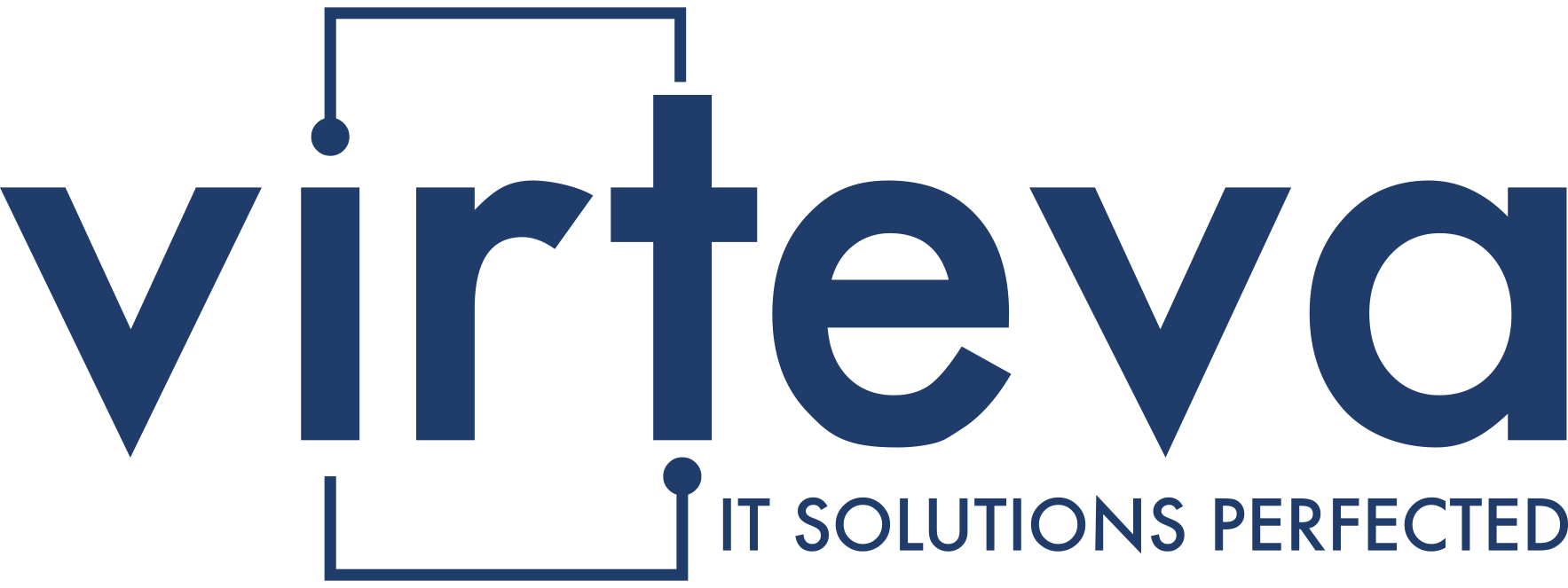$4 million — that’s the cost of a digital breach. If a hacker gets into your stuff, that’s the final tally. That’s a wallop to any business. According to the FBI, that’s the average cost of a digital invasion. In this guide, we’ll equip you with actionable steps and a roadmap to conduct thorough cloud security assessments. To pinpoint your frailties and where those two-bit criminals are poking you.
By identifying weaknesses and implementing the recommended improvements, you’ll gain the knowledge and tools to fortify your cloud environment. This proactive approach safeguards your assets and boosts you up – giving you the ability to reap the full potential of your endeavors.
Cloud Computing Across Industries
Businesses of all shapes and sizes are increasingly turning to cloud computing. This surge is driven by factors like cost efficiency, scalability, and security. The cloud offers a flexible way to access computing resources, allowing companies to ramp up or scale down their output as needed – all without the burden of maintaining physical servers. This, combined with the cloud’s robust security solutions, empowers businesses to focus on core operations while keeping their data safe. The result? A digital transformation across industries, with cloud computing becoming the go-to solution for modern business operations.
As our reliance on cloud storage grows, so does the need to secure the sensitive data it houses. A cloud security assessment acts as a vital shield, offering a comprehensive evaluation of your cloud environment. This assessment process identifies vulnerabilities and misconfigurations that could be exploited by cybercriminals. By proactively addressing these weaknesses, you can ensure your data stays protected and prevent costly security breaches.
You have to understand the hacker mindset — for them it’s a business. Long gone are the lone wolves — the activists. Today, hackers are running a multimillion-dollar enterprise. They are investing in their tools. Networking with other like-minded people. Creating relationships. Fostering collaborations. Why? Because it is a striving, highly lucrative business with almost no risk. A score can net them millions.
What Is a Cloud Security Assessment?
A cloud security assessment is a methodical review of your organization’s cloud environment, pinpointing security risks and vulnerabilities. This plays a critical role in a comprehensive cloud security strategy. By identifying weaknesses, you can patch security holes and implement stronger controls. This proactive approach mitigates risks, prevents breaches, and safeguards your sensitive data. Essentially, a cloud security assessment is the foundation for building a robust cloud security strategy.
What Are the Goals of Cloud Security Assessments?
Identify and Assess Risks
Uncovers vulnerabilities and misconfigurations in your cloud environment that could be gateways for cyberattacks. They evaluate the potential impact of these weaknesses, allowing you to prioritize which ones need immediate attention.
Evaluate Security Controls
Analyzes the effectiveness of your existing security measures, helping you determine if your controls are adequate to mitigate the identified risks.
Improve Security Posture
Involves patching vulnerabilities, strengthening access controls, or implementing additional security measures.
Ensure Compliance
Ensures your cloud environment adheres to regulations regarding data security.
Key Components of a Cloud Security Assessment
- Risk Identification: Maps out potential threats lurking in your cloud setup. It considers internal mistakes, malicious attacks, and natural disasters that could compromise your data.
- Vulnerability Analysis: Searches for weaknesses in your cloud infrastructure, applications, and security configurations. This could involve misconfigured security settings, outdated software, or weak access controls.
- Compliance Checks: Ensures your cloud environment aligns with relevant data security regulations. This could involve regulations like HIPAA or PCI DSS.
10 Tips for an Effective Cloud Security Risk Assessment
Conducting a thorough cloud security risk assessment is crucial for safeguarding your valuable data in the cloud. Here are 10 key tips to ensure an effective evaluation:
Define Clear Objectives
Establish your assessment’s goals. Are you focusing on compliance, identifying vulnerabilities, or improving overall security posture?
Understand the Cloud Architecture
Identify all assets, including applications, data storage, and network configurations. This comprehensive understanding allows for a more targeted assessment.
Use the Right Tools
Leverage automated cloud security assessment tools to scan for vulnerabilities, misconfigurations, and suspicious activity, saving you valuable time and effort. Implement AI analysis. Always stay on top of trends and try to update your tools constantly — your enemies, those savvy hackers, certainly do. They invest back into their business.
Check Compliance Against Standards
Ensure your assessment verifies your cloud environment adheres to these compliance standards, such as HIPAA or PCI DSS.
Assess Vendor Security Policies
Evaluate the security policies and practices of your cloud service provider to ensure they align with your own security requirements.
Evaluate Access Controls
Scrutinize user access controls to your cloud environment. This includes verifying user permissions, implementing multi-factor authentication, and monitoring access logs for any anomalies.
Perform Vulnerability Scanning
Utilize automated vulnerability scanners to identify weaknesses in your cloud infrastructure, applications, and configurations. Pinpointing potential entry points for attackers allows you to patch and address them promptly.
Include Penetration Testing
This simulates real-world cyberattacks, attempting to exploit vulnerabilities and gain unauthorized access. This proactive approach reveals critical security gaps that might be missed by scanners.
Review and Update Incident Response Plans
Ensure your organization has a well-defined incident response plan that outlines the steps to take in case of a security incident.
Document Everything and Report
Keep a comprehensive record of your assessment findings and recommendations. This will serve as a historical record and facilitate communication with stakeholders.
Always on Your Toes
Cloud security assessments are the cornerstone of a secure cloud environment. They act like a security spotlight, illuminating vulnerabilities and misconfigurations before they become exploited. By proactively addressing these weaknesses, you can effectively safeguard your sensitive data and minimize the risk of costly breaches.
Remember, cloud security is an ongoing process. Regular assessments, coupled with a commitment to implementing the recommended improvements, ensure your cloud environment remains a fortress against evolving cyber threats. Let this assessment be the springboard that propels your organization towards a robust and ever-improving cloud security posture.



